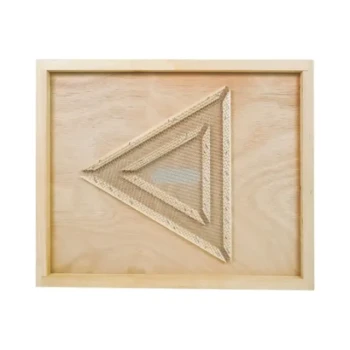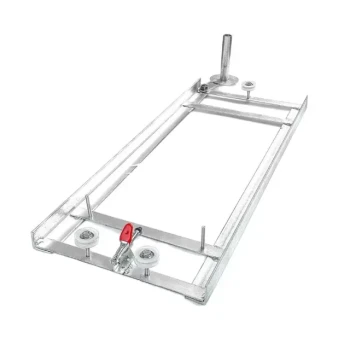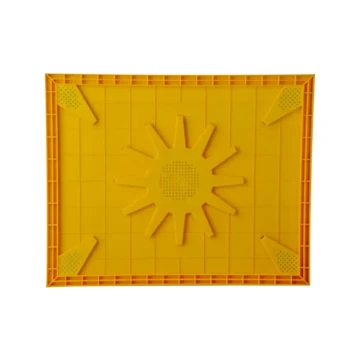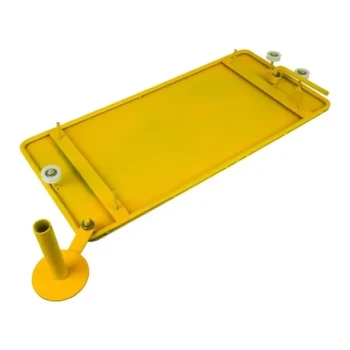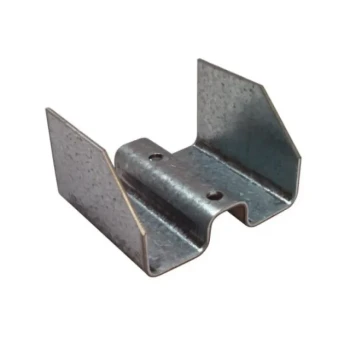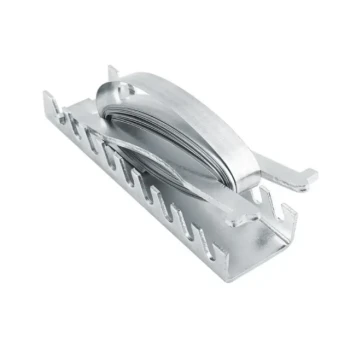In essence, a 10-Frame Solid Bottom Board is a solid floor for your beehive, while a Cypress Screened Bottom Board features a wire mesh floor. The primary functional difference is that the solid board provides superior insulation, especially for cold weather, whereas the screened board offers significantly more ventilation.
The choice between a solid and screened bottom board is not about which is universally "better," but about a fundamental trade-off. You are choosing between maximizing heat retention with a solid board or prioritizing ventilation and pest management with a screened board.
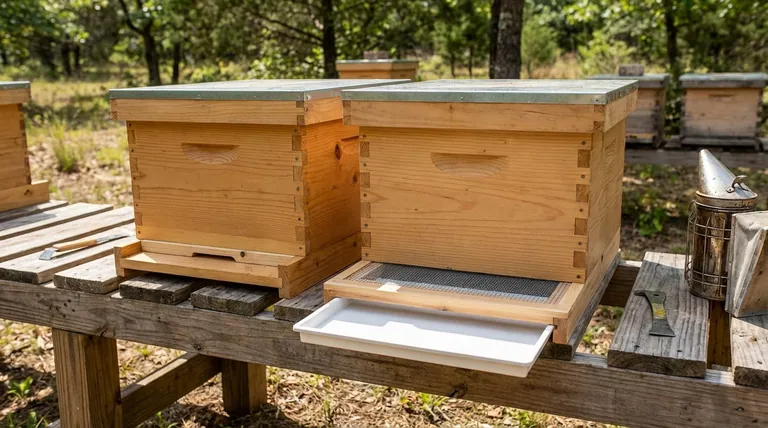
The Role of the Bottom Board: More Than a Floor
A hive's bottom board serves as the foundation and front door for the colony. It dictates airflow, influences temperature regulation, and can be a critical tool in your pest management strategy. Understanding the design philosophy behind each type is key to making an informed decision.
The Solid Bottom Board: Prioritizing Insulation
A solid bottom board is the traditional design, offering a simple, solid floor for the hive.
Superior Heat Retention By creating a sealed floor, the solid board minimizes heat loss. This helps the bee cluster maintain its critical temperature during cold winters with less effort and honey consumption.
A Simpler, Contained Environment This design creates a more enclosed space, which can feel more secure. However, it also means that any debris, dead bees, or pests that fall to the floor remain inside the hive until the bees remove them or the beekeeper cleans the board.
The Screened Bottom Board: Prioritizing Ventilation & Pest Control
The screened bottom board, often called an "Integrated Pest Management" (IPM) board, replaces the solid floor with a sturdy wire mesh.
Enhanced Airflow The screen allows for constant, passive ventilation. This is a significant advantage in hot and humid climates, as it helps the bees cool the hive more efficiently and reduces the risk of the colony overheating.
A Critical Tool for Mite Management This is the most significant advantage of a screened board. Varroa mites, a bee's most serious parasite, will occasionally fall off their host. With a screened floor, many of these mites fall completely out of the hive, unable to climb back in and re-infest another bee.
Moisture and Debris Reduction The constant airflow helps vent moisture out of the hive, reducing the risk of condensation, mold, and mildew. Debris also falls through the screen, helping to keep the hive cleaner with less effort from the bees.
Understanding the Trade-offs
Neither board is a perfect solution for all situations. Your choice involves balancing competing needs for hive health.
The Insulation vs. Ventilation Dilemma
A solid board is excellent for retaining heat but can trap moisture. A damp, cold hive is far more dangerous to a wintering colony than a dry, cold hive. Condensation can drip onto the cluster, chilling and killing the bees.
A screened board provides excellent ventilation and moisture control but offers almost no insulation. This can be a major liability in freezing temperatures if not managed correctly.
The Solution: The "Varroa Board" Insert
Most screened bottom boards are designed to be used with a slide-in panel, often made of plastic or wood. This insert, sometimes called a "varroa board" or "sticky board," allows you to negate the downsides of the screen.
By sliding the panel in, you effectively convert the screened bottom board into a solid one for winter, providing the necessary insulation. By sliding it out, you restore full ventilation for the summer. You can also use a coated "sticky board" to monitor mite drop, giving you a clear picture of the infestation level in your hive.
Making the Right Choice for Your Apiary
Your decision should be based on your climate and your beekeeping philosophy.
- If your primary focus is maximum insulation in a severely cold climate: The solid bottom board is a viable choice, but you must be vigilant about providing upper ventilation to manage winter moisture.
- If your primary focus is Integrated Pest Management (IPM) and hive health monitoring: The screened bottom board is the superior tool, as it actively helps reduce Varroa mite populations and allows for easy monitoring.
- If you are a new beekeeper seeking the most flexibility: The screened bottom board with a slide-in insert is the recommended choice, as it gives you adaptable options for all four seasons.
Ultimately, your bottom board choice is an active decision about how you intend to manage your colony's environment.
Summary Table:
| Feature | Solid Bottom Board | Screened Bottom Board |
|---|---|---|
| Primary Function | Insulation & Heat Retention | Ventilation & Pest Management |
| Best For | Cold climates, maximizing winter warmth | Hot/humid climates, Varroa mite control |
| Key Advantage | Superior heat retention for winter survival | Enhanced airflow; mites fall out of hive |
| Main Consideration | Can trap moisture; requires moisture management | Offers little insulation; needs insert for winter |
Ready to build a healthier, more productive apiary?
The right foundation is critical for hive health. At HONESTBEE, we supply commercial apiaries and beekeeping equipment distributors with the durable, high-quality bottom boards and other essential supplies needed to succeed.
Let us help you make the best choice for your climate and management style. Contact our expert team today to discuss your wholesale needs and discover how our equipment can support your colony's vitality and your operation's profitability.
Visual Guide
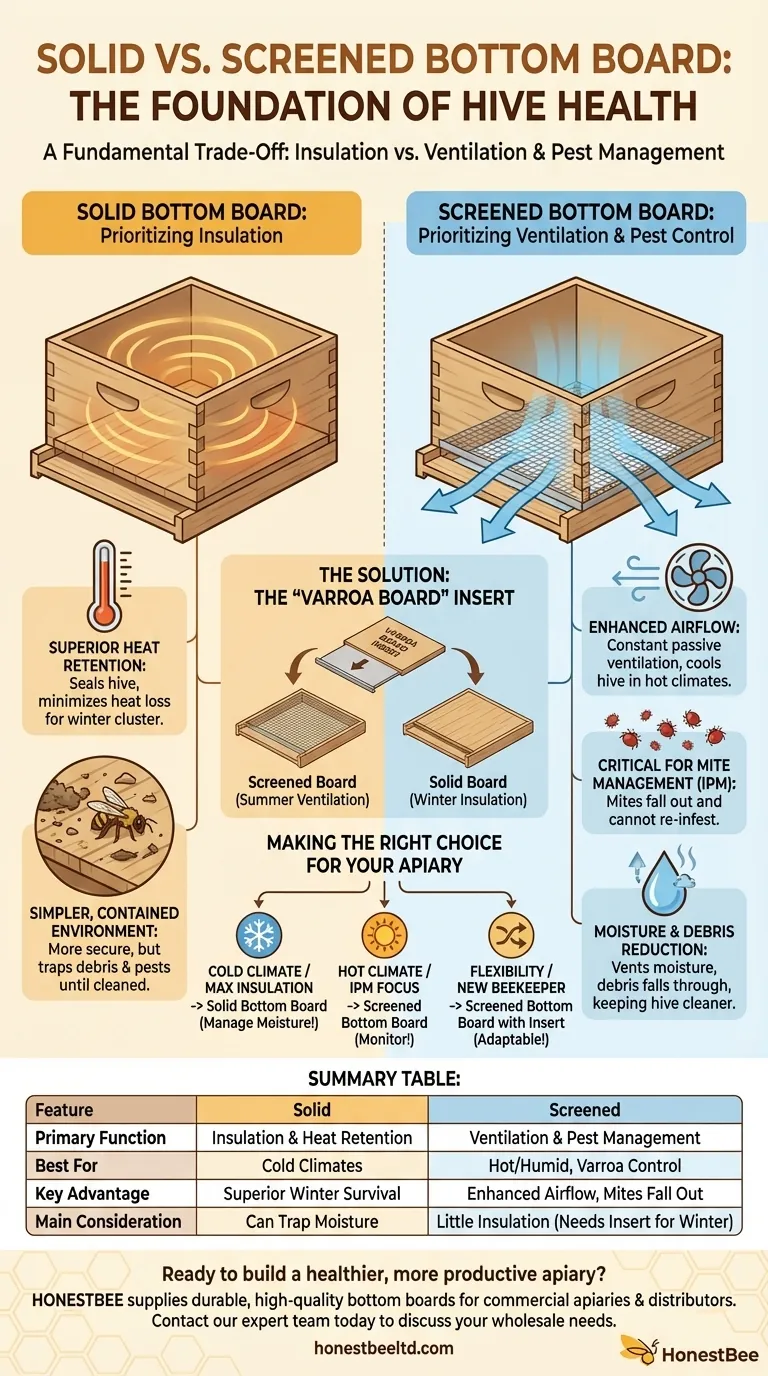
Related Products
- Langstroth Screen Bottom Board for Beekeeping Wholesale
- Australian Pine Wood Langstroth Screen Bottom Board for Wholesale
- HONESTBEE Wooden Bee Escape Board with Triangle Mesh Design for Beekeeping
- HONESTBEE Professional Frame Wiring Board and Jig
- HONESTBEE Multi Exit Plastic Bee Escape Board for Efficient Honey Harvesting
People Also Ask
- What are the main benefits of using a Screened Bottom Board in beekeeping? Enhance Hive Health & Productivity
- What are the benefits of using a screened bottom board in warm or humid climates? Boost Hive Health & Control Pests
- How should the screened bottom board be used throughout the year? A Guide for Healthy Hives
- What are the benefits of a screened bottom board? Boost Hive Health & Control Varroa Mites
- What are the benefits of using a screened bottom board for beehives? Improve Ventilation & Mite Control


